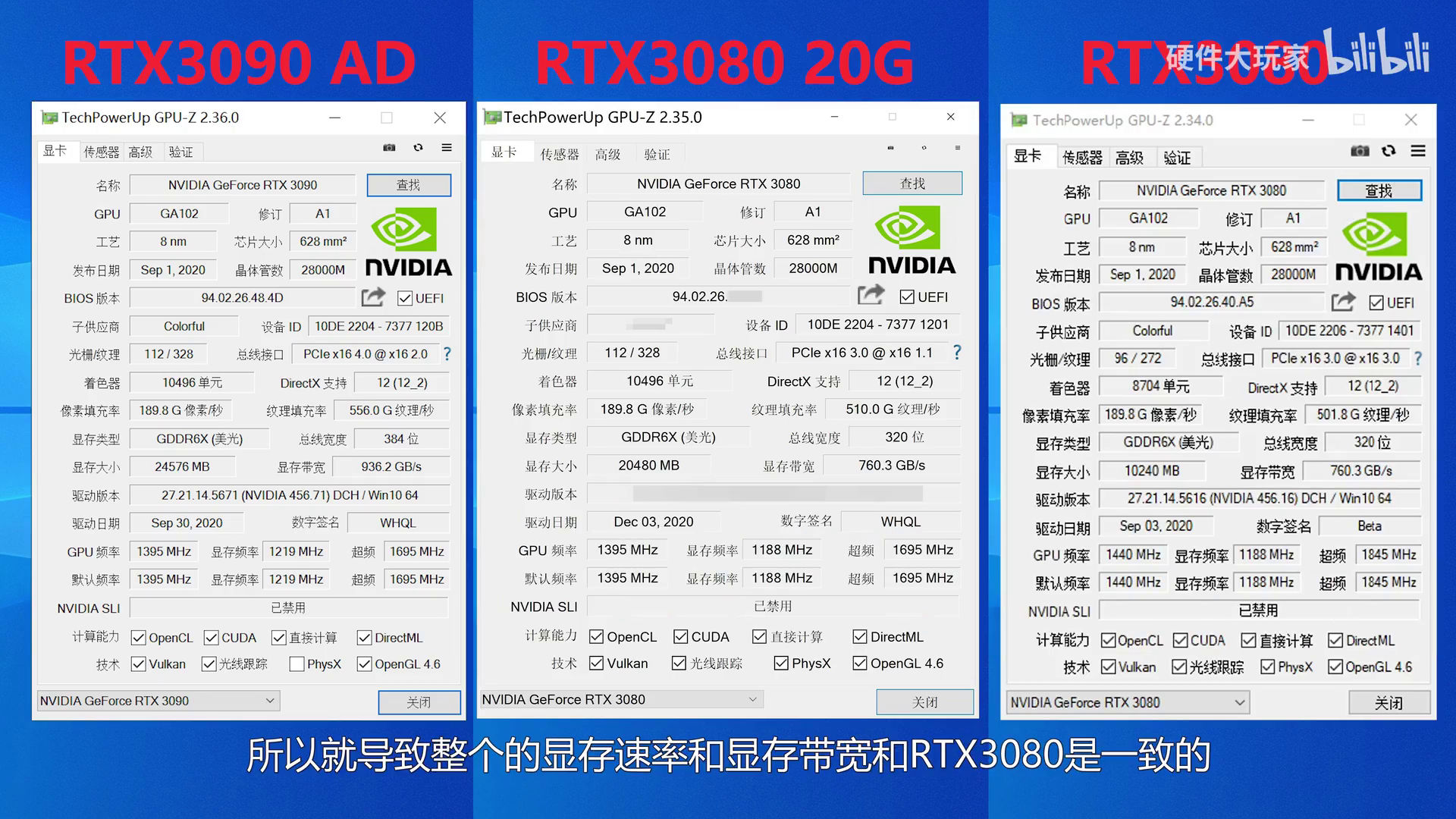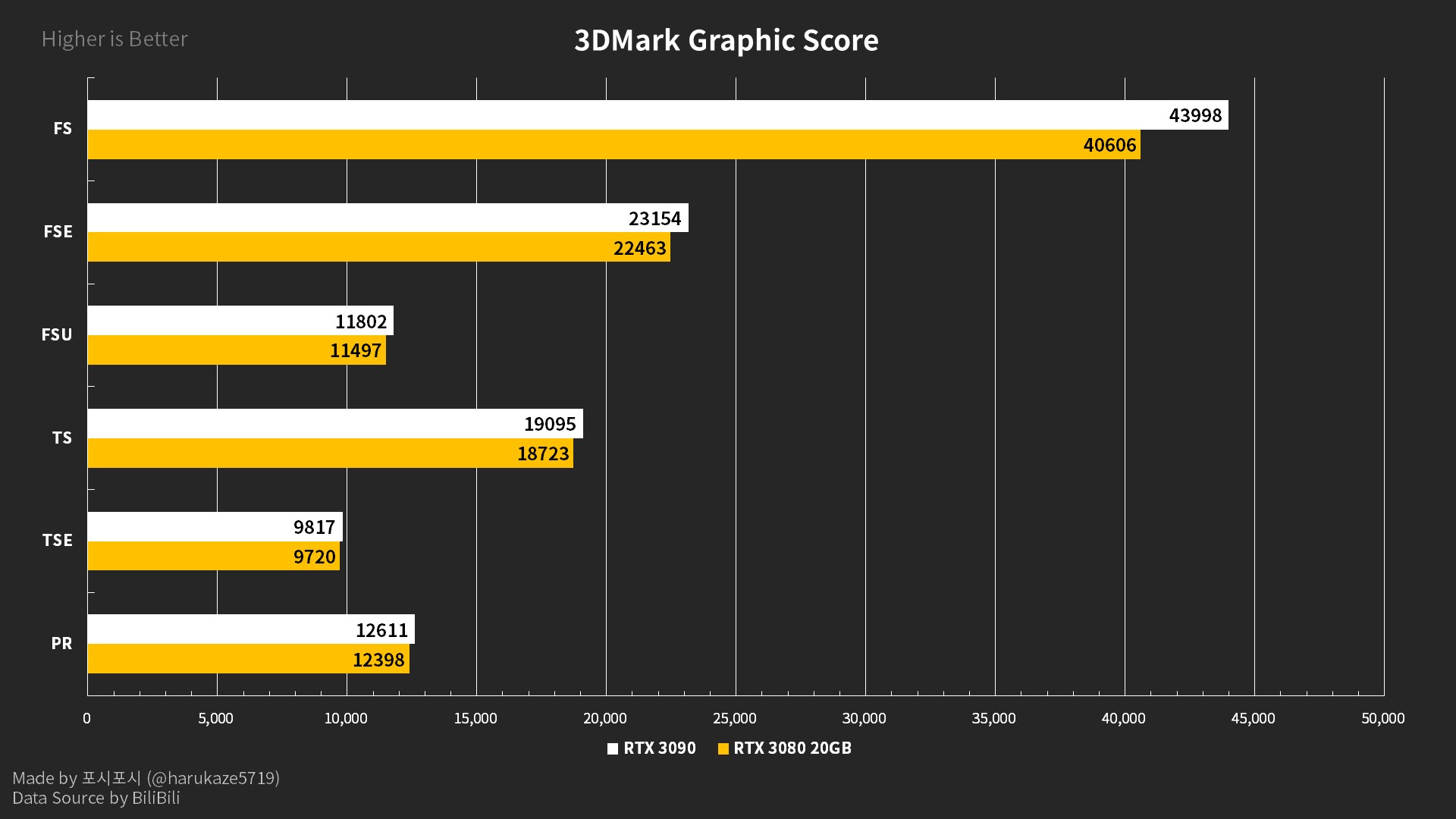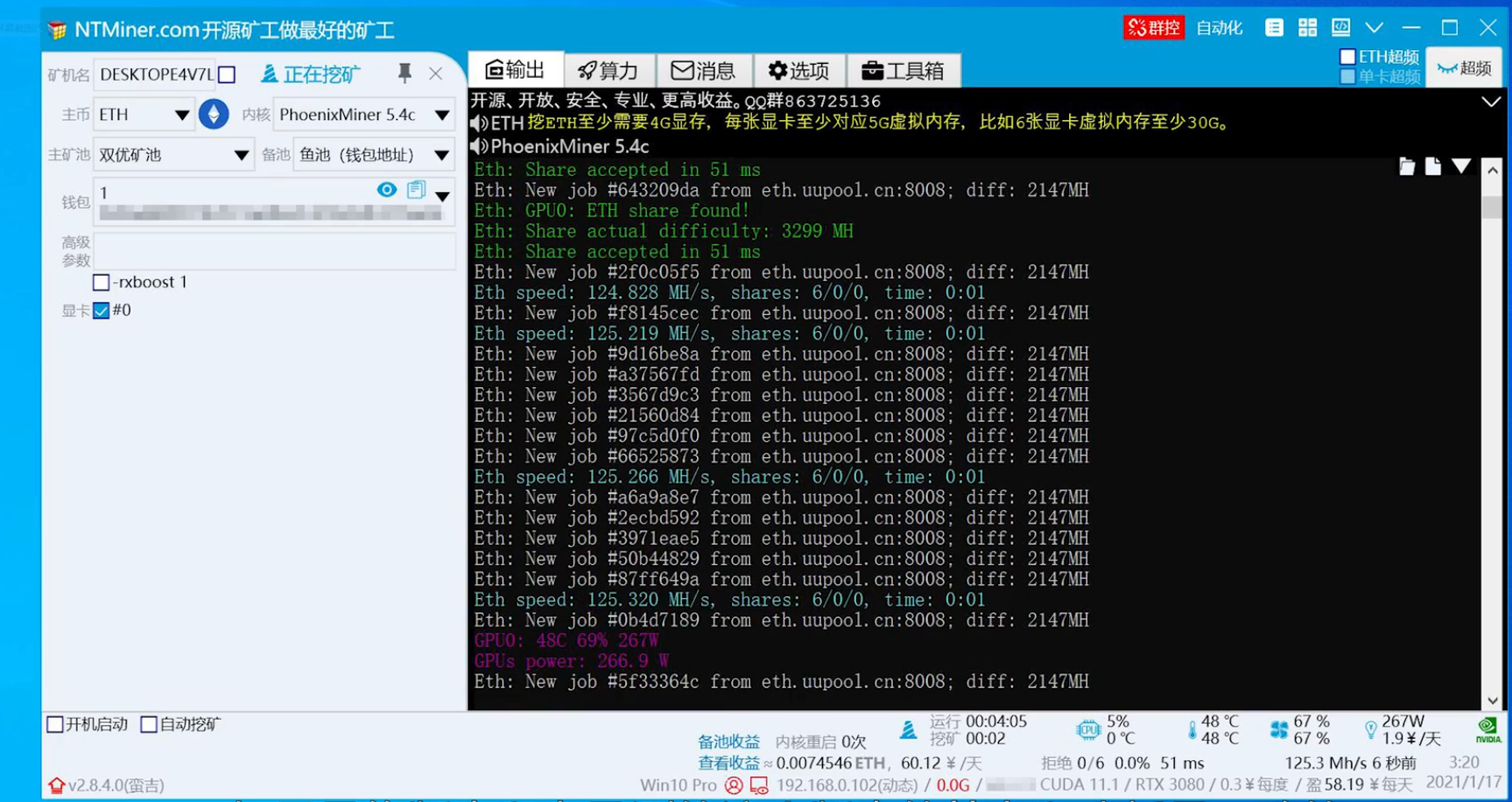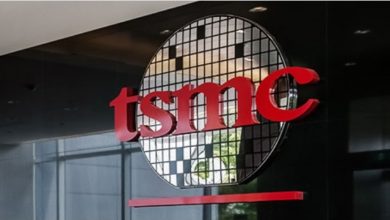The RTX 3080 Ti is essentially a beefed up version of the GeForce RTX 3080, with twice the amount of GDDR6X memory (20GB). Adding to the smoke are some leaked benchmark runs purportedly showcasing the unannounced GPU.A hefty cache of alleged benchmarks for the rumoured Nvidia GeForce RTX 3080 Ti 20GB have been released. The numbers from Chinese ‘tuber Big Hardware Player and spotted by Twitter user HXL place the mooted card between the existing RTX 3080 and 3090 boards, but closer to the range-topping megabucks RTX 3090.
The alleged leak includes GPU-Z grabs showing the card with 20GB of memory running over the same 320-bit bus as an RTX 3080 but the same 10,496 Cuda core, 112 ROP and 328 texture unit counts as the RTX 3090. Core and boost clocks are again the same as the 3090, though the RTX 3080 Ti’s memory clock is the slightly slower 1,188MHz of the RTX 3080 rather than the 3090’s 1,219MHz.
Before we go on any further, VideoCardz.com received a response from a Colorful rep regarding this leak, which says: “This ‘rumor’ doesn’t even ‘deserve’ a statement….” Of course, any graphics card manufacturer would probably say something similar, whether a leak is real or fake. Still, there’s a huge chance none of this is legitimate, and we’ll get into the why in a moment. Basically, take the following details with an extra-large scoop of salt (as you always should with leaks).
It seems like an inevitability that NVIDIA will launch Ti variants of its higher end cards. Oddly enough, in the GeForce RTX 3060 tier, NVIDIA released the GeForce RTX 3060 Ti first, followed by a GeForce RTX 3060 (non-Ti) later, with the regular version actually having more memory than the Ti model (12GB versus 8GB, both of the GDDR6 variety).
So NVIDIA can be unpredictable, is the point. For reference, the
existing GeForce RTX 3080 is built around NVIDIA’s GA102-200 GPU with 8,704 CUDA cores, 272 texture mapping units, 96 ROPs, 272 Tensor cores, 68 RT cores, and 10GB of GDDR6X memory (19Gbps) on a 320-bit bus. At stock, the card has a 1,440MHz base clock and 1,710MHz boost clock.
How the GeForce RTX 3080 Ti compares across the board remains to be seen, and for the moment, we are left to sift through leaks and rumors to paint a potential picture of the card. And it starts with the model name—
Bilibili posted a video of what is identified by GPU-Z as a GeForce RTX 3080 with 20GB of GDDR6X. There is no Ti designation, which leaves open the possibility that this could be dubbed a GeForce RTX 3080 Super, or something along those lines.
NVIDIA’s GeForce RTX 3080 Ti / RTX 3080 20 GB FE (Founders Edition) graphics card is expected to feature the PG133-SKU15 PCB design and the GA102-250-KD-A1 graphics core. The GA102-250 GPU has also changed since the last time we saw them and is now exactly the same as the GeForce RTX 3090 at 10496 FP32 CUDA cores. The GPU will also feature the same 112/328 ROP & TMUs count as the RTX 3090. The clock speeds are set at 1395 MHz base and 1695 MHz boost.
As for memory, the card will feature 20 GB of GDDR6X memory. Unlike the 19.5 Gbps speeds of the RTX 3090, the GeForce RTX 3080 Ti is said to retain the same memory speeds as the RTX 3080 at 19 Gbps. Since we are getting a 20 GB bus interface, NVIDIA will be using a 320-bit bus interface which equals a total bandwidth of 760 GB/s. TGP for the card is set to be the same as the RTX 3080 at 320 Watts. That’s definitely needed to feed the extra cores so NVIDIA might have to optimize the clocks a bit here.
Two performance metrics were shown which include 3DMark Time Spy, Firestrike, Port Royal. In all tests, the GPU performed almost on par (5% average difference) with the GeForce RTX 3090 which was pretty much as expected. The benchmarks can be seen below:
Twitter user,
Harukaze5719, has prepared a detailed chart based on all of the above-stated performance numbers which you could see below:
The leaker also posted some mining numbers for the said graphics card. The presumed GeForce RTX 3080 Ti / RTX 3080 20 GB graphics card was able to deliver an Ethereum mining rate of 125.3 MH/s while consuming 267 Watts of power and with temperatures hovering at around 48C.
The NVIDIA GeForce RTX 3080 Ti or the GeForce RTX 3080 20 GB (whichever name NVIDIA wishes to use for this card), will be a direct competitor to AMD’s Radeon RX 6900 XT which retails at $999 US. Considering the availability of high-end graphics cards these days, both cards will be very hard to find in the retail segment.
This will be an interesting card, depending on when it lands, what availability looks like, and how pricing shakes out. Those questions will be answered in time. It’s rumored for a February launch, which is right around the corner















